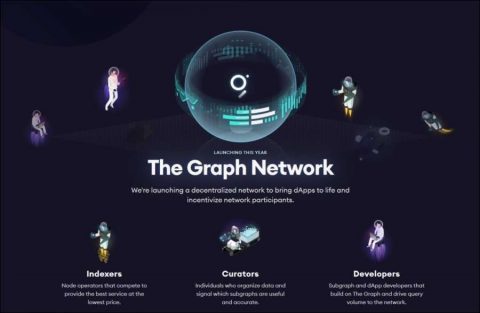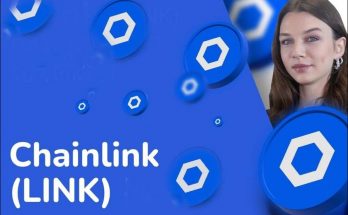The Graph (GRT) is an indexing protocol for data queries on Ethereum and similar networks. It provides data via API for applications in the Decentralized Finance (DeFi) and web3 ecosystem. Anyone who needs data to be publicly accessible can create and publish open APIs called Subgraphs. The Graph protocol can currently index data on the Ethereum blockchain and distributed file storage system IPFS (InterPlanetary File System).
How The Graph (GRT) to Work?
While indexing the data, The Graph learns which data to classify and how to classify them on Ethereum and IPFS, taking into account the definitions in the data requests called Subgraph. Supgraph’s description determines what the smart contract will look for, the events these contracts will consider, and how it will map this data in the database.
The definitions made while creating a Subgraph are considered as the Subgraph manifesto. After the Supgraph manifest is created, that is, the data to be indexed is determined, the definition is recorded in the distributed network using the Graph Command Line Interface (CLI). Finally, the indexing process is started for the Subgraph created in the service on the server.
Primary roles in The Graph network
With The Graph network, developers can develop applications independent of central servers. At the same time, users can also take part in the network. There are four primary roles in The Graph network:
Indexer
Indexers search and index on the blockchain and IPFS using the queries contained in the created Subgraphs. Indexers earn GRT as rewards for their searches and indexing.
Curator
Editors are users who create Subgraphs. Supgraphs contain basic information for the data to be indexed. Indexers use this information to query and collect data. Editors pay in GRT to create Supgraph.
Delegator
Assemblers are users who support the decentralization of the network and Indexers on the network without running a node. They contribute to the more efficient operation of Indexers by assigning their GRT assets to Indexers. In exchange for their contributions, Assigners are entitled to receive a portion of Indexers’ GRT revenues from query fees.
Consumer
Consumers are users who perform queries and retrieve data from The Graph network using Subgrahs. Consumers pay with GRT for their inquiries. Revenues from queries are passed on to Indexers and Assemblers.
How to Store The Graph (GRT)?
ERC20-based The Graph (GRT) can be stored in Ethereum wallets that support ERC20 assets. You can use Ethereum wallets that support ERC20 to deposit GRT to your crypto exchange account and withdraw GRT from your account.
You can use browser-based Ethereum wallets to manage your GRT balance. You can make your GRT deposits and withdrawals with Web 3.0 browser plug-in wallets (Metamask etc.), desktop, web, mobile or online wallets. GRT can also be stored in hardware wallets that support the Ethereum (ETH) network.
You can use the browser-based Metamask wallet or mobile wallets that support the Wallet Connect infrastructure to connect to The Graph network and perform your GRT assignment to Indexers.
Visits: 32



